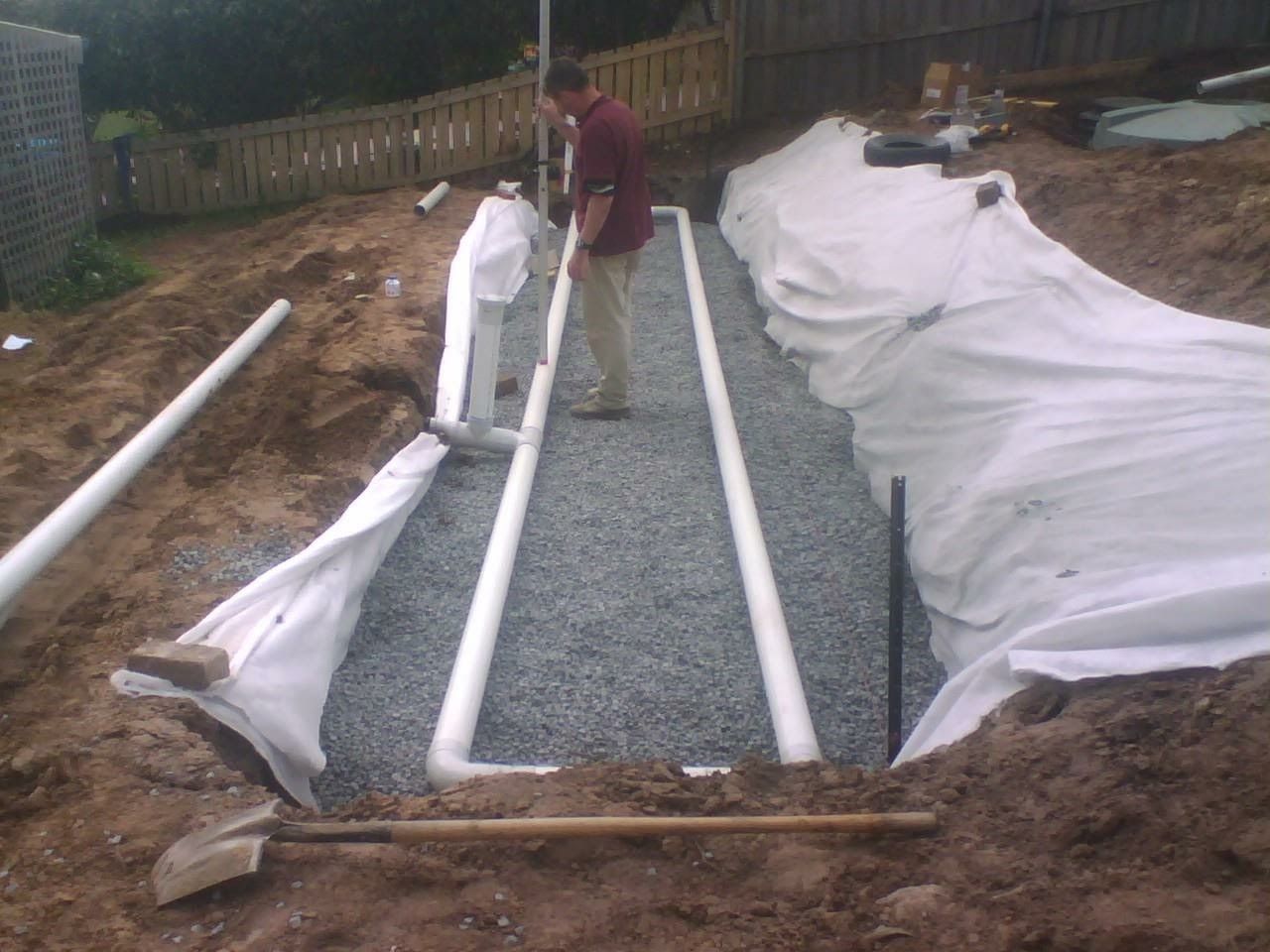Septic Tanks and How They Work.
Published by King Plumbing,
Septic tanks do their job quietly and efficiently. But because the septic tank can be a significant problem when something goes wrong. You must understand how it works.
Septic tank systems are used by homes that do not have access to Tas Water's sewer main infrastructure. The septic tank is a large container made of concrete, fibreglass or plastic that is buried in your property and connected to your sewer drains from your house. This tank might hold up to 3500 litres of water, and it will store sewage from your home.
Sewerage and greywater from your drains enter the tank at the high end and exits at the low end. When the waste from your drains flows into the tank, the waste will separate into three layers between baffles. The waste that floats to the top will form a crust. Heavy waste will settle to the bottom; the remaining in the middle should be clear water.
The septic tank works by breaking down the waste using the bacteria created. The properties in human waste usually create the bacteria, and you can also add lime to the tank to speed up the decomposition. As waste breaks down, there are odours which are unpleasant to the human nose! That is why your household fixtures like sinks, tubs, baths, basins and toilets have "p traps" which hold a water seal and stop sewer odours from entering into the house. These smells escape up a vent pipe into the atmosphere.
As wastewater flows into the tank, clean water with waste removed by the tank's baffles flows out. The water then flows into a soakage drain made of slotted pipes or arches buried and surrounded with 20mm gravel.
The soakage drain slowly lets the ground around absorb the water from the septic tank.
You must always record a septic tank location. You can guarantee one day you may have a blockage and need to find your tank. At King Plumbing, we are only too happy to help.
T | 0413-586-724
E | contact@kingplumbing.com.au
Office hours: 7.30am - 6pm Monday - Friday

